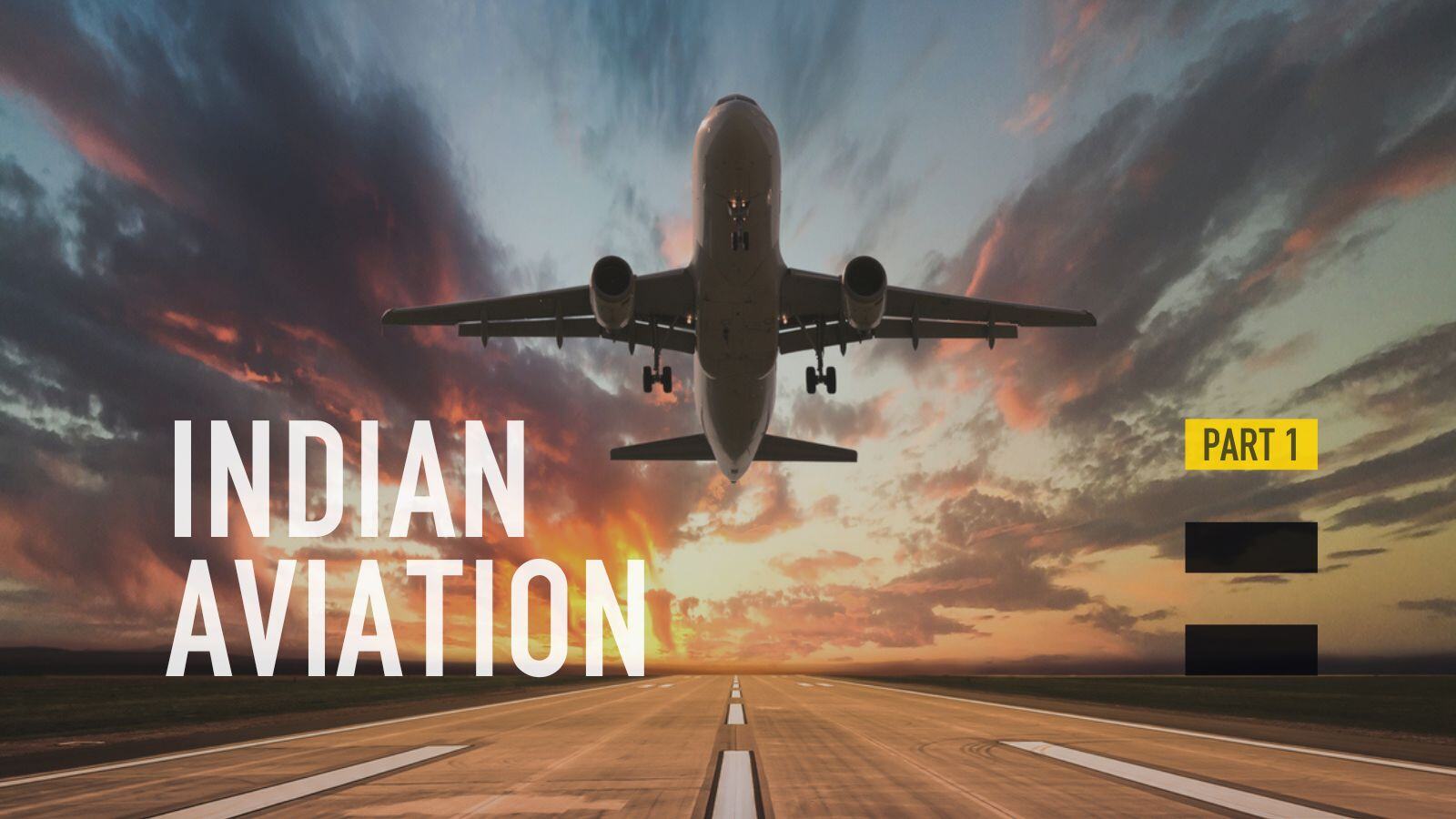This article is the first in a series that will focus on India's aviation market, which is growing at an astonishing rate and undergoing major transformation. Here we set the scene for India’s ambitions and provide an overview on how the aviation market in India is evolving.
Almost ten years ago OAG published the report ‘An End to Boom and Bust for Indian Aviation?’ which discussed the rollercoaster India's airlines had been on for the decade prior. Those days, fortunately, now seem consigned to the history books, as despite a global pandemic and the resulting turbulence, the Indian aviation industry has achieved stability, experienced growth, and appears to have got its house in order.
Airline capacity in India will reach 230m departing seats in 2024 - almost double where it was back in 2014 - a sign that capacity growth is now back on track post-pandemic. In India, domestic airline capacity has historically grown faster than international capacity, averaging 8.7% growth annually (between 2005-2024) compared to international growth of 6% annually. This is largely due to historic restrictions around the ability of foreign-based carriers to operate internationally from India; for a long time there was a requirement for carriers to operate in the domestic market first, before being permitted to operate international services.
The potential for India in the coming decade is essentially two-fold – there is considerable opportunity for the domestic market to continue to grow and serve the world’s largest population more equitably than it currently does, and for Indian outbound services to really take off.
Testament to India’s strong domestic growth in the last decade has been Indigo, India’s homegrown low-cost carrier (LCC), which now operates just over half of all capacity in India, with 52% of seats in April 2024. Their share of the domestic market is largest, with 61% of seats, whilst internationally Indigo have 17% of the market (in capacity terms) and are second to Air India who operate 24% of capacity - when we include Air India, Air India Express and Vistara. However, internationally other carriers dominate providing more than half of the country’s international capacity. When we look at this by Indian domiciled carriers versus overseas-based carriers, the split is clear, 66% of seats are still operated by foreign carriers.
It is evident that Indigo’s focus has been on serving and growing the domestic market over the last few years and that shows no sign of abating. There has been a national push to improve connectivity in India and we intend to explore this further in this Indian aviation blog series, where we will also consider how closely infrastructure development is matching the growth in domestic air travel.
Population Growth: India SURPASSES China
As India has now edged ahead of China to become the most populous nation in the world, the temptation to compare and contrast these markets is unavoidable. India’s largest carrier, Indigo, did just this in a recent investor relations presentation and highlighted the scale of opportunity that exists in India in both the domestic and international markets.

Source: IndiGo Investor Relations
Compared to a mature aviation market such as the USA where there are 3 seats per head of population in the domestic market, India remains a long way behind still, with just 0.13 seats per head of population. It is also considerably behind China which is approaching 0.5 seats per head of population.




India definitely falls behind, in aviation terms, across a number of other measures:
- India has unquestionably yet to fully realise its aviation potential; air capacity is just one-fifth of that in the United States, and almost four times smaller than China.
- Whilst Indigo and Air India have very significant aircraft orders – and Indigo cemented their international expansion plans with the announcement in mid-April 2024 of a widebody order of 30 A350-900 aircraft - the addition of these to the Indian fleet at country level will still only result in a fleet of just over 3,000 aircraft, whilst the China fleet is currently over 4,000 and growing.

A dive into Fleet Data in OAG’s Flight Info Direct platform highlights the following orders for India’s biggest carriers by aircraft type and confirms the focus of orders is largely on short-haul narrowbody aircraft for now. However, Air India has plans to upgrade its long-haul fleet and improve the passenger experience in key markets, with 34 A35-900/1000 variants on order to add to their existing four A350-900s.
Although Jet Airways is insolvent, there is still an unfulfilled aircraft order and hope that the carrier will restart under new ownership.
There are international ambitions from India’s biggest carriers, and the disparity between domestic and international services when we compare India to China and the USA is interesting. India's ratio of international destinations to domestic is 0.6:1, whilst China and the USA have a smaller ratio - this is largely down to Indian domestic routes being so low in number.
The missing piece of the jigsaw here is GDP, and specifically GDP per capita. Aviation growth is typically driven by economic growth, with traffic often growing at 1.5-2 times the rate of GDP. In a mature economy such as the USA, GDP per capita is very high, averaging $76,400 in 2022, although this will not be evenly distributed across the population in the United States, with the average American making $59,400 in 2023.

Source: World Bank
In 2024, China’s GDP per capita is $12,720, whilst in India GDP per capita remains very low at just $2,410. Whilst the Indian middle class is reportedly growing, and GDP per capita is increasing – up from $1,500 in 2014 – the pace of growth in Indian aviation will continue to be linked to the Indian economy as it transitions from a developing country. With projections that India’s GDP will continue to grow at between 6.5 – 7% each year for the rest of this decade, the future looks bright.









